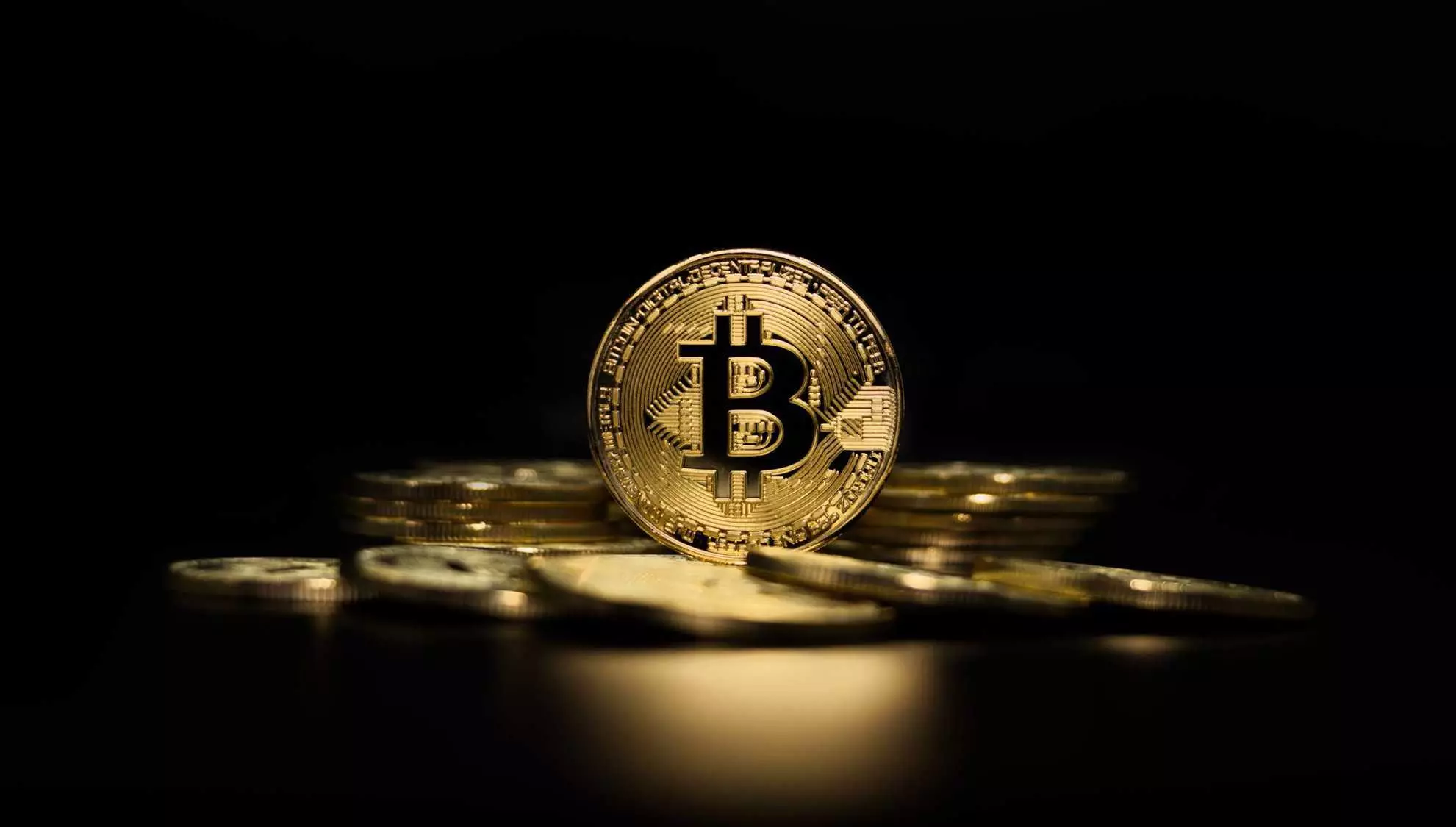Bitcoin, despite its initial promise of creating a decentralized economy, finds itself in a precarious situation. The open interest metric, a critical indicator of market sentiment and potential price movements, has recently plunged by a staggering 35%. This reduction, from $57 billion to $37 billion, signals a lack of confidence among traders. It isn’t just a number; it’s a reflection of the growing skepticism that has permeated the crypto landscape. The allure of Bitcoin as a transformative financial tool seems to be dimming, and as a proponent of center-right liberalism, I can’t overlook the implications.
This decline comes amid Bitcoin’s fall from its euphoric peak of $108,786, which coincided with a significant political event in the U.S., namely Donald Trump’s inauguration for a second term. To witness Bitcoin trading between $83,000 and $86,000 is disheartening not only for die-hard supporters but also for those who recognize the asset’s revolutionary potential. The correlation between political events and Bitcoin’s price is undeniable, yet it raises troubling questions about the asset’s stability and reliance on external factors.
Market Sentiment—A Reflection of Broader Economic Conditions
Open interest not only illustrates investor sentiment but can also signal larger economic conditions. A plummeting open interest reflects a shift towards risk aversion among investors. Those who once believed in Bitcoin’s potential for long-term wealth accumulation are now retrenching towards short-term trades in a desperate bid to secure cash gains. According to data from Glassnode, the trend is not isolated—fewer traders are holding long positions, leading to a perceived weakness in the market.
The recent closures of CME futures contracts and the outflows from Exchange-Traded Funds (ETFs) amplify this narrative. Such movements suggest that investors are recalibrating their strategies under economic uncertainty. In a market that thrives on speculation and unpredictability, this growing reluctance poses a challenge to Bitcoin’s long-term viability. It raises the question: Can Bitcoin regain its position as a radical financial alternative, or are we witnessing its slow decline as a bubble destined to pop?
Liquidity Crisis: The Unintended Consequences
As Bitcoin struggles with liquidity, evidenced by a drastic drop from 58,600 Bitcoins to just 26,900 Bitcoins being transferred daily, this trend points towards a general hesitance in trading. Fewer assets moving onto exchanges indicates a stark reality—investor appetite is dwindling. It’s a sobering thought that what was once viewed as a groundbreaking asset is slowly morphing into a speculative vehicle stripped of its foundational promise.
Moreover, the reported reduction in the asset’s “Hot Supply” metric, sinking from 5.9% to 2.8%, underscores a chilling narrative. Fewer Bitcoins circulating within the market means less fluidity. This development hardly inspires confidence, ultimately leading to increased volatility and market unpredictability. As a center-right liberal, I advocate for policies that encourage rigorous economic principles and responsible investment practices. It seems counterintuitive to endorse an asset in a state of crisis where long-term value growth is increasingly questionable.
The Danger of Short-Term Focus
The prevailing mentality of chasing quick gains has damaging ramifications. When investment behaviors shift towards short-term opportunities, it undermines the foundational ethos of cryptocurrencies—building wealth through decentralization and long-term vision. This is not merely a financial dilemma; it’s a societal one. The allure of quick profits draws in a new era of investors who, instead of nurturing the ecosystem, risk another speculative bubble by abandoning responsible investment strategies.
This short-sighted approach could prove catastrophic, not just for Bitcoin but for the entire realm of digital currencies. A fundamental understanding of economic principles—risk management, investment durations, and the potential of technological innovation—should guide investor behavior. However, the current landscape suggests that too many are motivated by a fear of missing out, leading us all into a perilous game of high stakes.
The approaching future remains uncertain for Bitcoin, but it is essential for investors—especially those aligned with liberal economic principles—to carefully consider how these trends might reshape the asset landscape. The encouraging vision of a decentralized economy should not succumb to the pitfalls of hasty trading and speculative bubbles. As we step forward, we must advocate for responsible investment and a commitment to long-term value creation, tempering our enthusiasm with a pragmatic understanding of the complexities at play.

